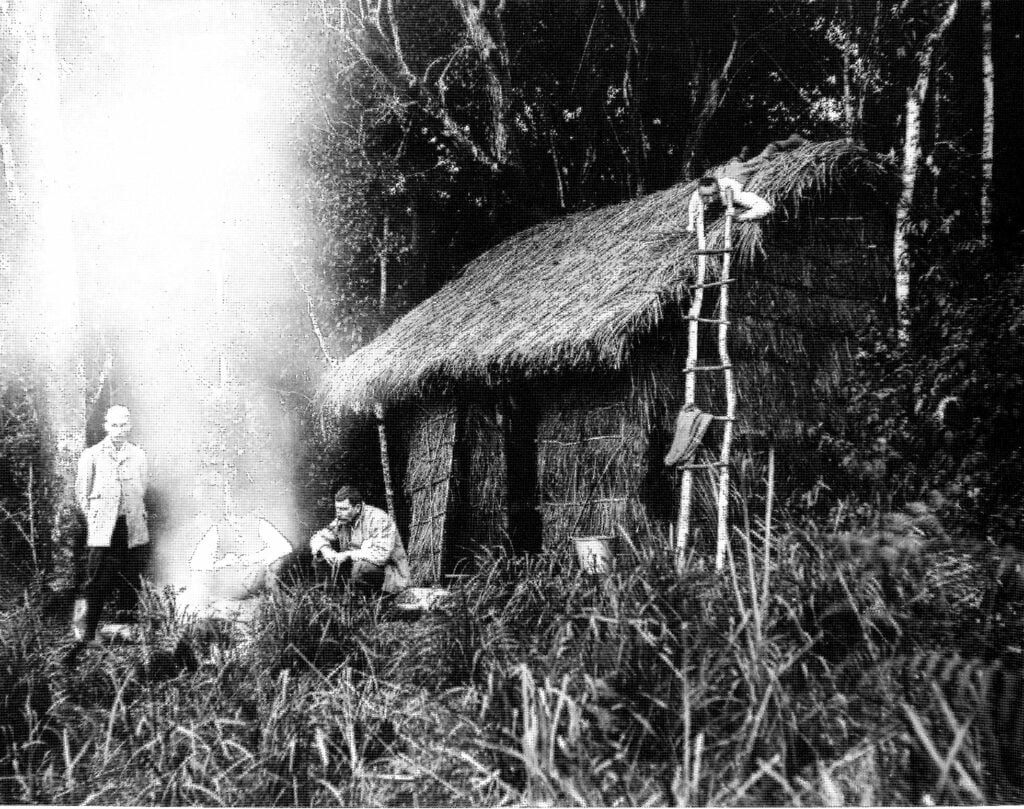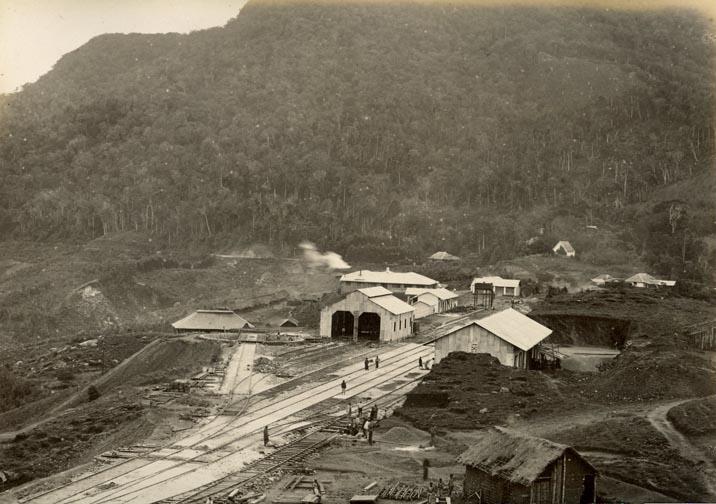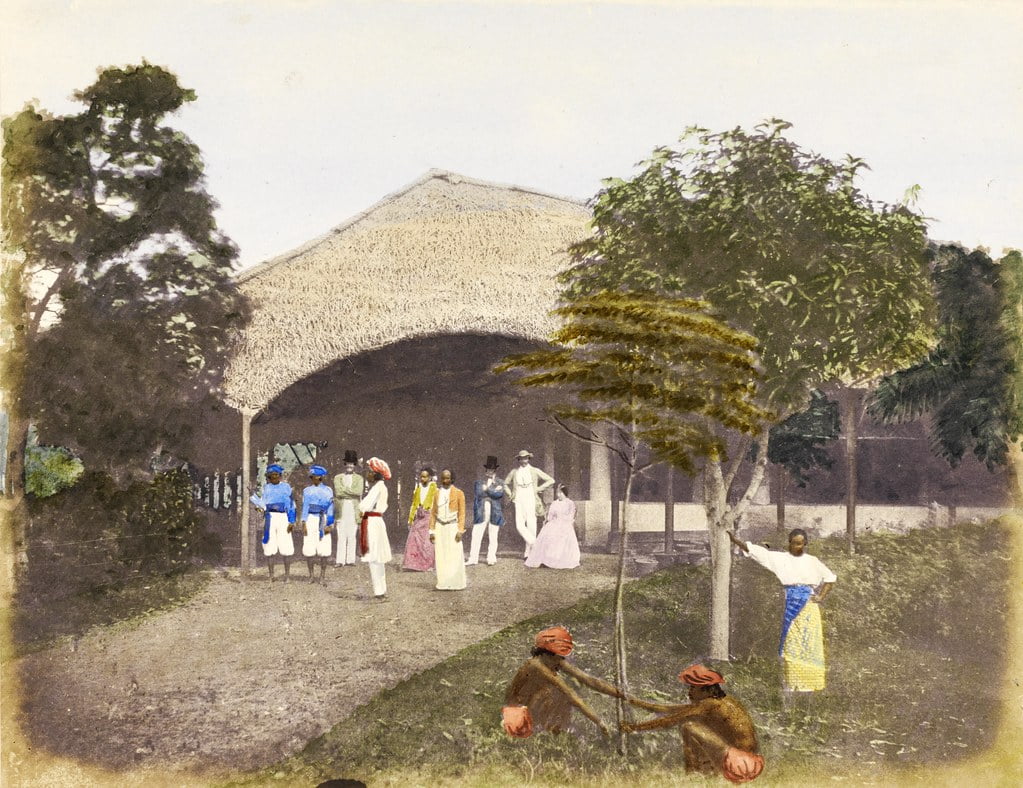Indian Food Tradition by K T Achaya
The coffee planter may have evolved in Ethiopia, and at first perhaps only the leaves were chewed. From Ethiopia it traveled to Yemen in Saudi Arabia, where the first plantation came up in the 14th or 15th century. The bean seems to have reached India even earlier, because in 1616-19 Terry wrote that:
Many of the people who are strict in their religion use no wine at all. They use a liquor more healthful than pleasant they call cohha: a black seed boiled in water, which doth little alter the taste of the water. Notwithstanding, it is very good to help digestion, to quicken the spirits and to cleanse the blood.
In 1662 Mandelslo wrote: `The Persians instead of thay (tea) drink their kahwah’ (the original Arabic term for brew)3. About 1700 Alexander Hamilton records an invitation from the Nawab of Tattah (in Sind) `to take a dish of coffee with him’.
At first coffee was grown only in Arabia and Ethiopia, and Arab traders transported seeds from the ports of Hormuz and Bossora. In the 17th century seeds or plants were carried all over southern Asia and even to South America.5 Arabs had introduced coffee planting in Sri Lanka even before Dutch invasion in 1665. In that same year a coffee plantation is recorded in South India, though berry quality was stated inferior.6 About 1720, a Muslim Sufi called Baba Budan returned from a pilgrimage to Mecca with seven coffee seeds; these he planted outside his cave in the Chikmaglur hills, where the descendants of original plants can still be seen. From about 1830, a rapid development of coffee estates occurred led by cannon in Chikmaglur and Cockburn in the Shevaroy Hills, and shortly thereafter also in the Nilgiris

The two main species of coffee are Coffea Arabica (a tetraploid) and C. Camephora. A mutation induced in the latter (a diploid) using colchicine yielded the tetraploid called C. Robusta, which is sturdier but yields a brew that has less flavor than arabica. Crosses between them, called arabusta, imbibe the best from both parents.
At the start of the twentieth century, cakes of coffee powder were available in Indian villages. These were added to boiling water to give the brew, which was than allowed to settle and drunk with jaggery and sugar
NOTES: WE HAVE TO KNOW
Harvey T Chan, Handbook of tropical fruits, Marcel Dekker Inc. New york and Basel, 1983, (a) H T Chan p. 351, (b) E U Odigboh, p. 145.
William Foster, Early Travels in India 1583- 1619, S Chand and Co. New Delhi, repr. 1968, pp. 268-332.
George Watt, The Commercial Products of India (1908), Today and Tomorrow’s printers and publishers, New Delhi, repr. 1966, p. 565.
P N Chopra, Life and Letters under the Mughals, Ashajanak Publications, New Delhi, 1975, pp. 32-54.
Harvey T Chan, Handbook of tropical fruits, Marcel Dekker Inc. New york and Basel, 1983, (a) H T Chan p. 351, (b) E U Odigboh, p. 145.
D M Bose, S N Sen and B V Subbarayappa (eds), A Concise History of science in India, Indian National Science Academy, New Delhi, 1971, p. 400.
Geeta Doctor, ‘King Coffee’, Swagat, Indian Airlines 1985, October, p. 23.
Anon, ‘Coffee, Coffee’, Indian Express, Bangalore, 19 August, 1986.



